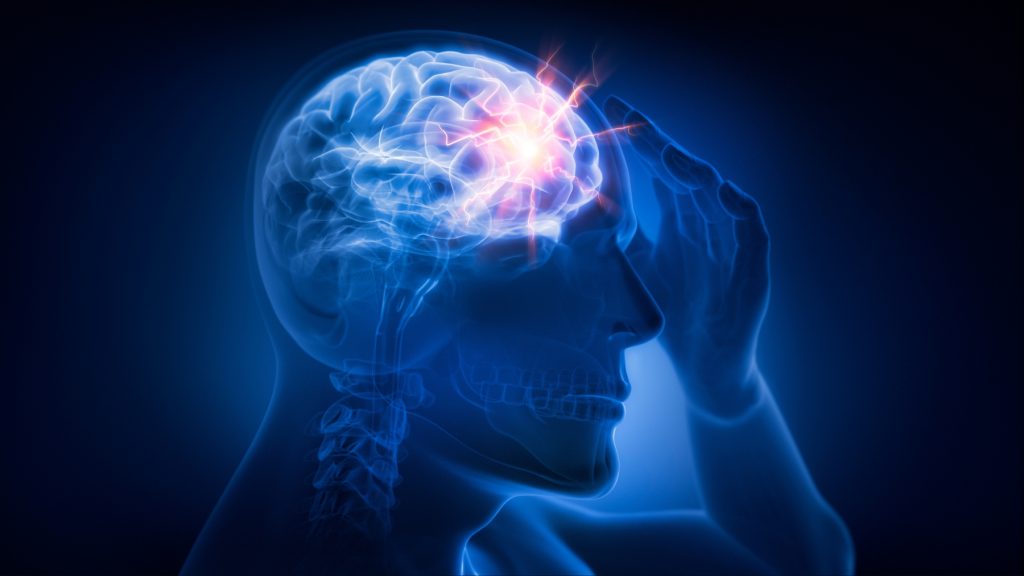
A 13-year-old boy has regained control of his life thanks to Amber Therapeutics’ neurostimulators.
- The boy deals with severe and untreatable epilepsy that leaves him unable to live to the fullest.
- The implants reduced his daytime seizures by 80%.
Amber Therapeutics’ neurostimulators reduced a little boy’s daytime seizures by 80%, proving the importance of personalized healthcare.
Despite all the advances in the field, healthcare is still a bit rigid in the treatments that it prescribes. If you have this, you take that. If you have that, you do this. Professionals tend to zero in on the issue to solve it, not factoring your information into their treatment plan.
A Multifaceted Discussion
In recent years, with the rise in genetic research and genetics-based tests and treatments, we saw experts talk about personalized medicine, which includes all sorts of technologies like neurostimulators, from its pros to its cons.
This approach toward treatment shifts medicine from reactive care to preventative care, anticipating medical needs. It also leads to more effective pharmaceutical drugs, which in turn leads to better results and fewer adverse reactions. Most importantly, through personalized healthcare, doctors move away from the trial-and-error method.
On the flip side, personalized healthcare presents some challenges. Those mostly center around data privacy and confidentiality, limited availability, and limited infrastructure.
Nonetheless, there are companies out there that, through their work, are inadvertently pushing the medical sector toward offering more customized treatments. Some don’t even offer drugs, but they build assistive technologies, including neurostimulators. Each device is then tailored to a specific patient’s exact needs. A prime example of such companies is Amber Therapeutics.
The CADET Project
As part of the CADET Project, then-12-year-old Oran Knowlson received one of Amber Therapeutics’ Picostim neurostimulators. The pre-teen has Lennox-Gastaut syndrome, a form of epilepsy that is resistant to treatment. Before the surgery, the little boy was enduring anywhere from 12 to 100 seizures daily. During some of them, Oran would fall to the ground, shake violently, and lose consciousness. However, the neurostimulator reduced his daytime seizures by 80%.
A brain with epilepsy presents a spike of uncontrolled electrical activity within brain cells. The surgeons inserted two electrodes deep into Knowlson’s brain and connected them to the neurostimulator, which is not an external stimulator but rather sits snuggly against the skull. These neurostimulators work by emitting a constant pulse of electricity, blocking or disrupting the unusual activity.
Up until this neurostimulator implant trial, the neurostimulators were placed in the chest with wires running up to the brain. However, this way reduces the chances of infection and device failure.
Final Thoughts
Medicine shifting away from a “one size fits” mentality is a great indication of how far we’ve come in medicine. We are now able to determine what works best for each person, especially if it’s for prostheses or neurostimulators, rather than just taking a shot in a dimly lit room. With personalized healthcare, we have a better chance at fighting all the diseases and medical emergencies that await us.
Inside Telecom provides you with an extensive list of content covering all aspects of the Tech industry. Keep an eye on our Medtech section to stay informed and updated with our daily articles.